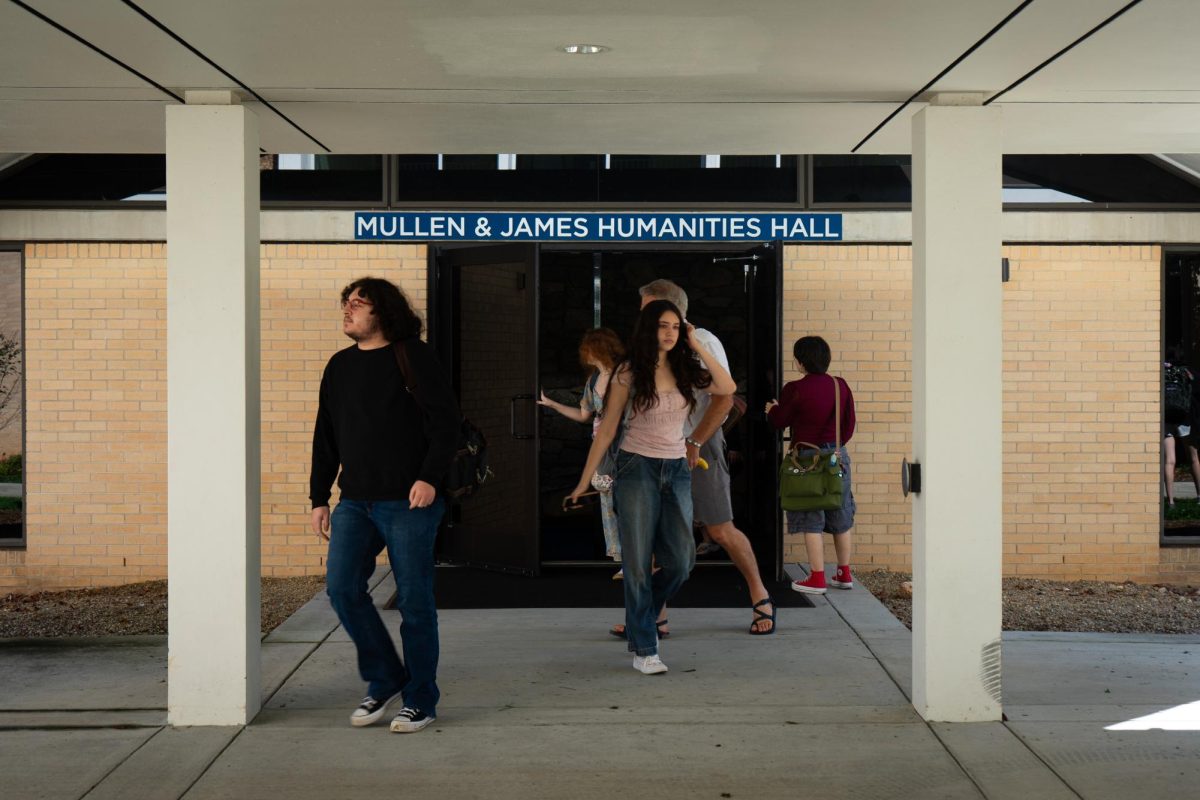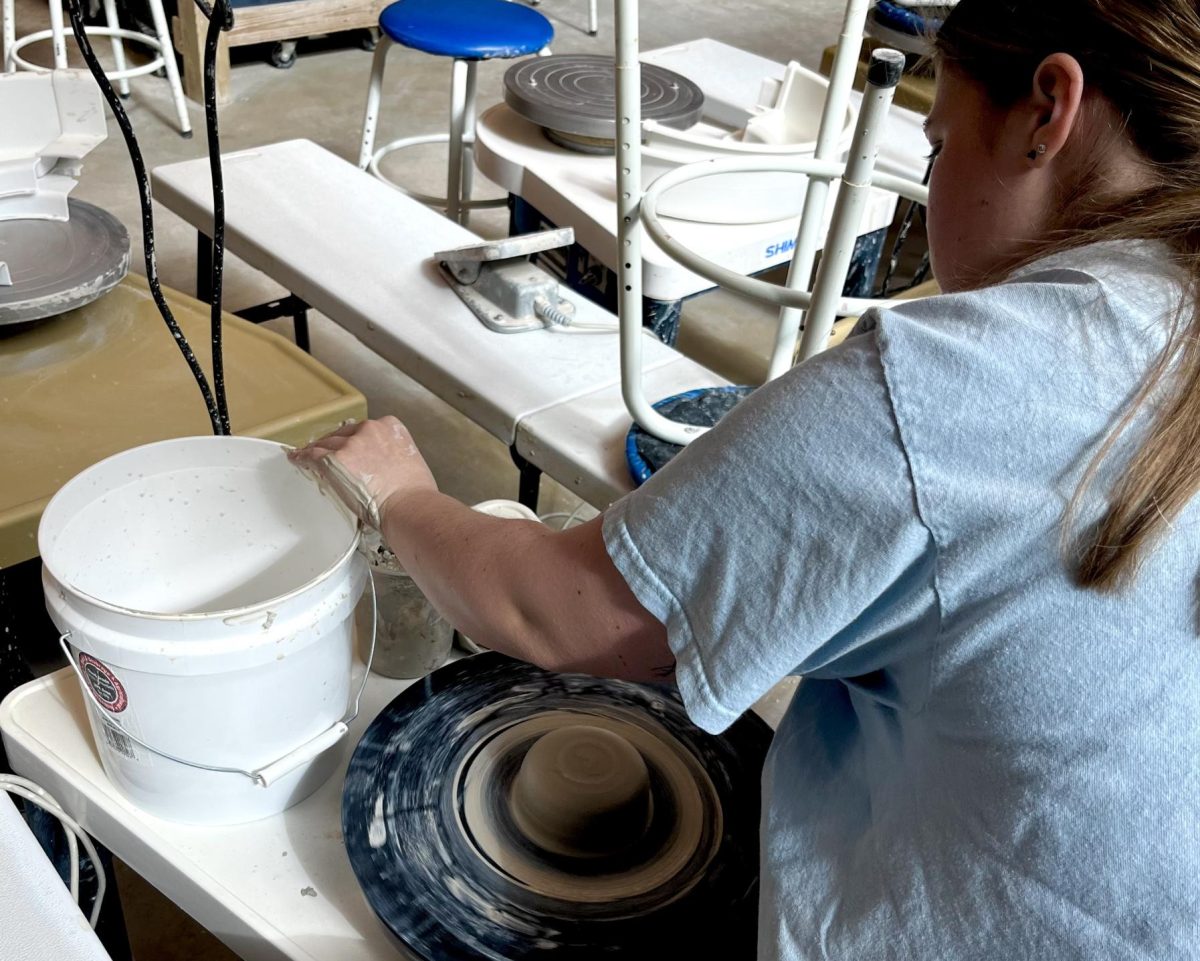Understanding the history behind the rise of Asian hate
April 6, 2021
Arts & Features Writer
UNC Asheville faculty say the country has a long history of Asian discrimination.
“One of the things that’s become really heartbreakingly apparent is how alone we are. People are not standing up, people are not intervening. People are treating this as well, you know ‘it’s your issue, AAPI people you deal with this,’” Evelyn Chiang, an assistant professor of psychology at UNCA said.
Chiang said anti-Asian discrimination policies and beliefs have always existed, but most Asians have been socialized to accept it.
“We’re the model minority, right, we should be grateful to be allowed to be here. We should be grateful that we’re not as dehumanized as other people. Keep your head down, don’t respond, don’t offend the people on top just take it,” she said.
The model minority myth, which is often used to attack other minorities, makes the assumption that all Asians are successful because they are hard-working and well educated. Chiang said she does not know the origins of the myth but finds the generalization of Asian Americans problematic because it creates a singular expectation despite their different cultures, family backgrounds and socioeconomic statuses.
“It puts an expectation on Asians that we should automatically succeed and if we’re not succeeding and achieving at very high levels then it must be our choice,” she said.
Chiang said it takes attention away from people who need support and resources.
“It says that Asians don’t need help or support because they’re lucky they should be doing well on their own,” she said.
She said Donald Trump’s use of language for characterizing COVID-19 as the China flu, Wuhan flu and Kung flu helped validate the dehumanization of Asian people.
“It was just so casual, his characterization of this as coming from China, the fault of China, Chinese people did this,” she said. “He in many ways has OK’d it and so when overt discrimination is okay people act upon it.”
Chiang said a lack of response at a systematic level lesses the societal impact of the attacks.
“The reluctance of law enforcement to charge people with hate crimes has emboldened others to be copy cats,” she said. “It’s emboldened other people to go out and attack elderly men and women, mug them, physically attack them and we still aren’t seeing the outrage.”
She said although President Biden made a statement after the Atlanta shootings, it was not enough.
“At some point making statements just is not enough,” she said
Chiang said the fear, worry and frustration from the pandemic led people to scapegoat Asian and Chinese people for the virus.
“A lot of people want someone to blame and people didn’t want to blame our government for its response to the Coronavirus, even though the initial response was not great,” she said.
Mark Gibney, a professor of political science at UNCA, said the U.S. has a history of anti-immigration policy beginning with the Chinese Exclusion Act of 1882, which stopped immigration from China until its repeal in 1943. Anti-Chinese policies were followed by the Gentlemen’s Agreement in 1907, which halted migration from Japan, except for certain businesses and professionals and then during the 1920’s with policies against eastern and southern Europeans.
“You have the lady of liberty welcome a nation of immigrants on one hand and you have a very ugly racist immigration policy that really begins with the Chinese,” he said.
Gibney said a number of states had laws that banned Asians from obtaining U.S. citizenship, particularly in California, which were then ignored in rulings of deportation. He said he thought the laws were unconstitutional because the federal government controls immigration.
“You’re prevented from state law from becoming a U.S. citizen, but then when there’s grounds for deportation what the courts often times said was, ‘well you could have become a US citizen and you could have avoided deportation.’ Well, the fact is you couldn’t have been,” he said.
Before the Immigration and Nationality act of 1965, Gibney said the American immigration system was based on racism.
“There is this attempt to create this northern European model that we think the United States should look like,” he said.
The act replaced the old National origins formula, which relied on limited population quotas, and led to the current system based on family, high skilled work and refugees and asylums.
“It’s not easy. It’s not like you could either go legally or illegally, you’re restricted for the most part and if you don’t fit in one of those 3 categories your chances of gaining permanent residence in the states is non-existent,” he said.
Grant Hardy, a Professor of History & Religious Studies who also teaches Chinese and Jappanese history, said the U.S.’s history with Asian discrimination begins in the mid 19th century with the building of the rail road building and gold mining on the west coast.
“Asians could not come over and become citizens and they could not hold property, so some legal discrimination,” he said. “And then during World War II of course Japanese Americans were put, about a hundred thousand, were put in internment camps.”
Hardy said with the rise of Japan as an economic power during the 1970’s anti-Asian discrimination grew because of competition from Toyota and Honda.
“Auto workers who were losing their jobs because of competition from Toyota or Honda would blame Asians for that,” he said. “Of course more recently like with Covid with people which is kind of dumb, but you know blaming China for this world wide pandemic.”
Hardy said differences in language, culture and religion perpetuate the differentiating of Asians.
“It’s like if you do all of the right things you’ll fit right in and you’ll be one of us, but Asians never quite fit in because some people are always going to think that they are different,” he said. “America even though we’re a country of immigrants we have not always been friendly, actually we have often not been friendly to immigrants.”
Hardy said chinatowns and other areas with large Asian demographics make it easy for people to believe in the othering of Asians, despite the associations of the model minority myth.
“There are a lot of Asians who are oftentimes speaking their native language or the language of their home countries and that sort of preserves this idea of separateness,” he said.


![Brooke Pedersen [second from the right] and Luis Reyes [right] hold banners during the Wrap The Woods event.](https://thebluebanner.net/wp-content/uploads/2025/09/ELIZABETH_PRITCHITT_IMG_3470-1200x804.jpg)
















